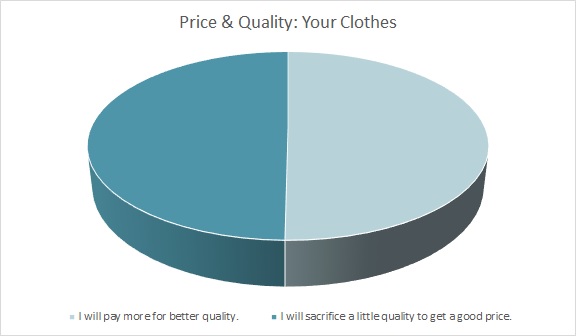We’re closing out a year that saw stores cautiously open with pandemic protocols, then saw doors open wide because vaccines were introduced, then saw mask rules go back into effect because of the Delta variant, all while online shopping grew for both ecommerce-only and traditional retailers because it was a safe and stable way to shop — until the supply chain crisis kicked in. …Who needs a nap?[quote]
Retailers and brands have been pushed to be more creative and responsive than ever, especially since consumers have remained motivated to shop throughout all of this, even before the holiday season. So, as the last of the holiday sales are rung up and thoughts turn to the New Year, merchants — especially those who are nervous about their end-of-year numbers — should note discounts and promotions aren’t the top purchasing driver for every shopper, according to research from Bluecore, a retail marketing technology firm.
The Manhattan-based company found that although 57 percent of shoppers say price has the greatest impact on their purchase decisions, not everyone is looking for a discount. In fact, Bluecore research shows, most people aren’t. Rather, only 36 percent of shoppers say discounts have the most impact on their purchase, according to the Bluecore “State of Personal Commerce” report.
“This means the majority of brands that rely on discounts to acquire customers are unnecessarily giving away margin to the 64 percent of shoppers who are more heavily influenced by other factors,” Bluecore states. The other considerations include, “relevant product recommendations (30 percent), timing of communications (24 percent), and engaging content (10 percent).”
These finding jibe with the Cotton Incorporated 2021 Lifestyle Monitor™ Survey, which finds that after dealing with COVID-19, the majority of consumers (70 percent) say higher quality, longer lasting clothes have become more important to them. And half (50 percent) say they would pay more for better quality apparel. Further, most (67 percent) say they would rather have fewer, higher quality items of apparel than more garments of lesser quality.

Bluecore’s report also finds shoppers are more excited by getting good value than getting a good deal. The firm’s research shows consumers show the highest level of excitement (30 percent) from buying a product at a good price — meaning the product was worth the value paid. That compares to 25 percent who were excited by a deal.
Of course, good prices and value are top of mind for holiday shoppers. With that in mind Matt Shay, president and CEO of the National Retail Federation (NRF), said retailers anticipated challenges in the supply chain and increases in transportation costs early on, and factored that into their holiday planning.
“In spite of those challenges, we feel very competent retailers have worked very hard in creative and resourceful ways to have the goods in stock, on shelves, available for customers this year, and to do so at a price point that is going to meet family budgets,” Shay said in a post-Thanksgiving Weekend press call. “They’ve been managing [pricing issues] across their entire inventory of SKUs to hold prices down, make things affordable and deliver real value for customers. ”
Over the course of the Thanksgiving holiday weekend, top gifts included clothing and accessories (51 percent), toys (32 percent), gift cards (28 percent), books/music/movies/video games (27 percent), and electronics (24 percent), according to the NRF.
On average, holiday shoppers plan to purchase clothing gifts for about 4 people this season, similar to last year, according to the Monitor™ research. The majority of clothing gift givers (63 percent) say they will be looking for cotton-rich apparel, significantly more than any other fiber including polyester (5 percent), silk (3 percent), or wool (1 percent). Brands and retailers should also bear in mind that 75 percent of gift givers say they read the fiber content of apparel items at least some of the time before they buy them.
The majority of consumers (71 percent) say plan to buy higher quality, longer lasting clothing in the future, according to the Monitor™. Three-fourths (75 percent) say better quality garments are made with natural fibers. That would explain why over two-thirds of gift givers (72 percent) say they plan to seek out clothes made from natural fibers. And 71 percent say they would pay more for clothes made of natural fibers. Finally, the majority of consumers say cotton clothing is the highest quality (71 percent) and lasts the longest (56 percent) compared to clothes made of synthetic fibers like polyester and nylon.
When shopping for clothes, the top purchase drivers are fit (95 percent), comfort (95 percent), quality (92 percent), price (91 percent), and durability (90 percent), according to the Monitor™ research. And among those consumers looking for cotton while shopping for clothing gifts, most seek it because it is comfortable (65 percent), feels good (59 percent), it’s soft (55 percent), it’s a quality fiber (46 percent), it’s durable (46 percent), and breathable (43 percent).
Given consumer willingness to pay more for quality goods, Bluecore suggests that going forward, retailers avoid blanket discounts that create “one and done” shoppers. Instead, it recommends brands “share individualized offers based on customer preferences — to build loyalty and optimize margins.”
